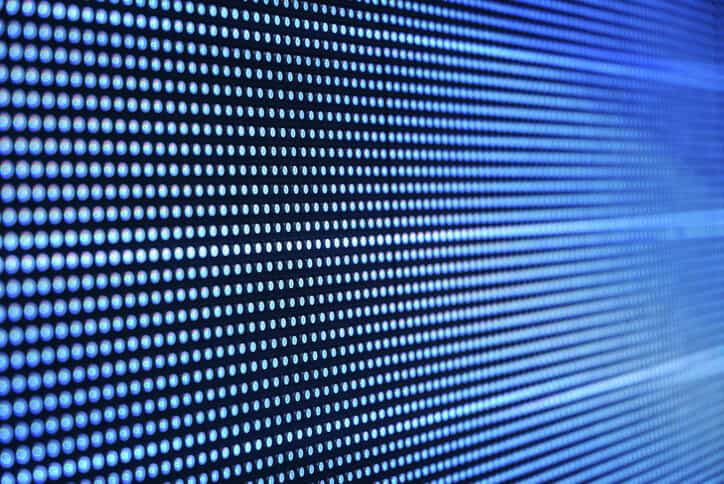ANSI/IES LM-80-21: Measuring LED Output Characteristics

An American National Standard, ANSI/IES LM-80-21: Approved Method: Measuring Maintenance Of Light Output Characteristics Of Solid-State Light Sources, is used to measure the light emitted by LEDs.
The Need to Measure LED Light
Comprehending the emission spectrum from light-emitting diodes (LEDs) is essential.
LEDs, like many other great inventions, were discovered by accident. In 1961, Robert Biard and Gary Pittman, while working on a laser diode, invented an infrared LED. Unfortunately, since this light was invisible to the human eye, it did not have any practical application. However, around this same time, experiments with arsenide phosphide as a semiconductor led to the creation of LEDs with practical use.
Developments in blue LEDs remained obstructed by technological difficulties. It wasn’t until the early 1990s that Shuji Nakamura developed the world’s first bright blue LED by using indium gallium nitride (InGaN) and adjusting the amount of indium inside the semiconductor. His invention was nearly 100 times brighter than existing blue LEDs at the time, and it enabled the creation of white light by applying a phosphor coating to the lens covering the blue LEDs. Furthermore, by combining this new blue LED with existing red and green LEDs, manufacturers were able to produce any other color of light. In 2014, Nakamura and his co-researchers, Isamu Akasaki and Hiroshi Amano, were awarded the 2014 Nobel Prize in Physics for their accomplishment.
As discussed in ANSI/IES LM-80-21, LEDs typically exhibit very long operational life characteristics and, depending on drive current and use conditions, can be in use for 50,000 hours or longer. Unfortunately, this efficiency comes with a drawback, since the light output of LEDs decreases over time. However, unlike incandescent lightbulbs, LEDs do not suddenly—and permanently—fail. Therefore, an LED product with declining output might be at risk to fall outside the product’s specification, required codes, standard practices, or regulations.
The ANSI/IES LM-80-21 Standard
To help confront this issue, the ANSI/IES LM-80-21 standard provides a method for laboratories to measure the luminosity of LED sources. Specifically, its methods are used to test solid-state light sources for flux maintenance over time, including luminous flux, radiant flux, and photon flux maintenance. Under its scope, this standard’s procedures are used for LED packages, arrays, and modules or laser diode packages, arrays, and modules.
The standard also provides methods for measurement of spectrum-dependent characteristic maintenance, including changes in chromaticity coordinates, peak wavelength, dominant wavelength, centroid wavelength, and spectral power distribution over time.
In addition to the procedures themselves, ANSI/IES LM-80-21 outlines physical, environmental, and electrical conditions and considerations when preparing a test report. It also details case temperature monitoring and device under test (DUT) sample selection in its annexes.
Since this standardized method facilitates the measurement of maintenance characteristics under controlled conditions, results from different laboratories can be compared directly with one another.
ANSI/IES LM-80-21 revises the 2020 edition of the same American National Standard, which was titled ANSI/IES LM-80-20, Approved Method: Measuring Luminous Flux And Color Maintenance Of LED Packages, Arrays, And Modules.
ANSI/IES LM-80-21: Approved Method: Measuring Maintenance Of Light Output Characteristics Of Solid-State Light Sources is available on the ANSI Webstore.






